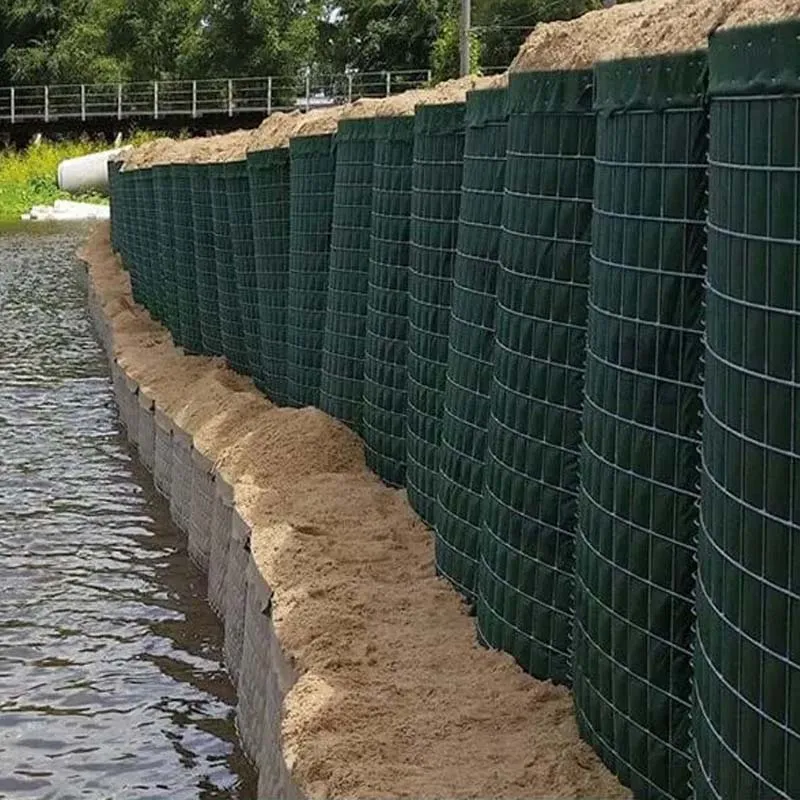
- Afrikaans
- Albanian
- Arabic
- Armenian
- Azerbaijani
- Basque
- Belarusian
- Bengali
- Bosnian
- Bulgarian
- Croatian
- Czech
- Danish
- Dutch
- English
- Esperanto
- Estonian
- Finnish
- French
- Galician
- Georgian
- German
- Greek
- hawaiian
- Hindi
- Hungarian
- Indonesian
- irish
- Italian
- Lao
- Latvian
- Lithuanian
- Luxembourgish
- Macedonian
- Maltese
- Myanmar
- Norwegian
- Polish
- Portuguese
- Romanian
- Russian
- Serbian
- Slovak
- Somali
- Spanish
- Swedish
- Thai
- Turkish
- Turkmen
- Vietnamese
Сеп . 28, 2024 08:11 Back to list
Guidelines for Properly Installing Barbed Wire Fencing for Security and Livestock Control
Installing Barbed Wire Fence A Comprehensive Guide
When it comes to securing your property or managing livestock, barbed wire fencing is a time-tested solution that combines durability with cost-effectiveness. Whether you’re a farmer looking to keep animals in or a homeowner aiming to enhance security, understanding how to properly install a barbed wire fence is essential. This guide provides step-by-step instructions to help you through the process.
Step 1 Planning and Preparation
Before beginning your installation, effective planning is crucial. Start by determining the perimeter of the area you wish to enclose. Measure the distance using a measuring tape and mark the corners with stakes. This will help you visualize the layout and determine how much material you will need.
Next, check local regulations regarding fence heights and property lines to ensure compliance. It’s important to avoid any disputes with neighbors and adhere to local zoning laws.
Step 2 Gathering Materials
For a barbed wire fence, you will need the following materials
1. Barbed wire Typically sold in rolls, decide whether you’ll use one, two, or three strands based on your needs. 2. Fence posts Wooden or metal posts are commonly used. The choice depends on factors like budget, desired longevity, and aesthetic preferences. 3. Rails or wire tensioners These will help in securing and tightening the structure. 4. Concrete For setting posts firmly in the ground. 5. Tools You will need a post hole digger, wire cutters, a hammer, pliers, and a level.
Step 3 Installing the Fence Posts
The first physical step involves installing the fence posts. Begin by digging holes for the posts at regular intervals—typically 8 to 10 feet apart. The depth of the holes should be at least one-third the height of the post; this ensures stability, especially under tension from the wire.
installing barbed wire fence

For wooden posts, place them in the holes and fill with concrete. For metal posts, follow the manufacturer's guidelines on setting depth and concrete use. Ensure each post is vertical using a level, and allow the concrete to cure according to package instructions before proceeding.
Step 4 Attaching the Barbed Wire
Once the posts are set and secure, it’s time to attach the barbed wire. If you’re using multiple strands, work from the bottom up, typically starting with the lowest strand about 30 inches from the ground. Use a tensioning device to secure the wire to the terminal posts safely.
To attach the wire, wrap it around the post and use a wire clamp or tie to hold it in place. Be sure to maintain a good amount of tension in the wire as you go along to prevent sagging. Continue this process until all strands are secured.
Step 5 Final Adjustments and Maintenance
After the barbed wire is installed, conduct a final inspection. Ensure that all fasteners are secure, and the wire is taut without excessive slack. Trim any excess wire and cover sharp edges to prevent injury.
Regular maintenance is essential for the longevity of your barbed wire fence. Check for signs of wear, rust, or loose strands at least once a season. Clean any vegetation that may grow around the fence line to maintain its functionality and appearance.
Conclusion
Installing a barbed wire fence can be a straightforward task with the proper planning and tools. By following these steps, you can create a durable boundary that meets your needs, whether for livestock management or property protection. Always remember to adhere to local regulations and prioritize safety during installation. With a little effort and diligence, your barbed wire fence will serve your property well for years to come.
-
Your Ultimate Solution for Australian Temporary Fencing
NewsMay.14,2025
-
The Ultimate Guide to Crowd Control Barriers: Secure Your Events with Ease
NewsMay.14,2025
-
Secure Your Livestock with High-Quality Livestock Fence Panels
NewsMay.14,2025
-
Enhance Your Livestock Management with Top-Quality Cattle Fences
NewsMay.14,2025
-
Enhance Security and Safety with Temporary Fencing Solutions
NewsMay.14,2025
-
Corral Gates
NewsMay.14,2025









